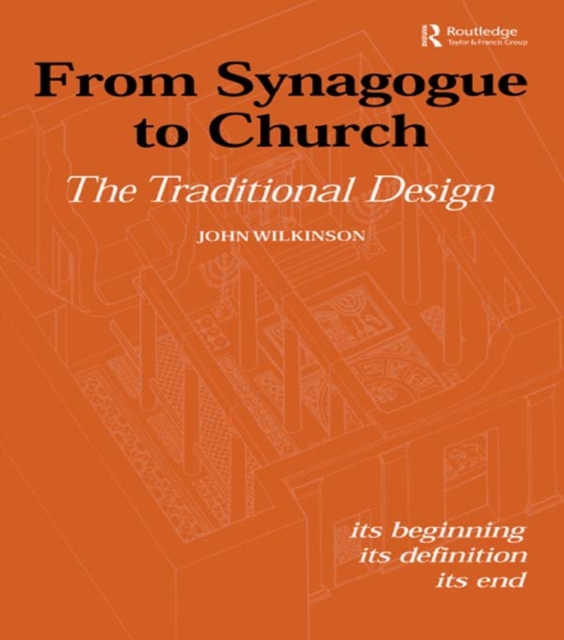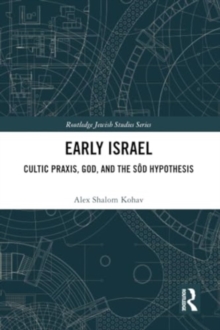
From Synagogue to Church: The Traditional Design : Its Beginning, its Definition, its End PDF
by John Wilkinson
Part of the Routledge Jewish Studies Series series
Description
The designs of synagogues and churches are acknowledged to be very alike.
But the designers' procedure was confidential, and so far standard explanations have been unsatisfactory.
A synagogue should express heavenly values with earthly materials.
This combination was in fact expressed in numbers, for, as Plato said, they linked heaven and earth.
Scripture described both the Jewish Tabernacle and Temple with a wealth of numbers.
Proportions based on these numbers were used to design synagogues.
Only a few Jewish documents survive, but they reveal a symbolism, which Christians sometimes repeat.
The synagogue sanctuary was designed to contain the 'Holy Ark', and the mosaic floors reveal the point 'Before the Ark' for the prayers and readings.
These places faced each other, with the idea that God was facing his people.
The synagogue was seen as facing heaven and in church buildings Christians repeated the same proportions.
This was a joint tradition among Jews and Christians.
It was easy to design, was carried out secretly and accurately, and - without a computer - was extremely hard to unravel.
This book, for the first time, does just that.
Information
-
Download - Immediately Available
- Format:PDF
- Pages:304 pages
- Publisher:Taylor & Francis Ltd
- Publication Date:04/04/2014
- Category:
- ISBN:9781317832430
Other Formats
- Hardback from £135.00
- Paperback / softback from £53.99
- EPUB from £46.79
Information
-
Download - Immediately Available
- Format:PDF
- Pages:304 pages
- Publisher:Taylor & Francis Ltd
- Publication Date:04/04/2014
- Category:
- ISBN:9781317832430










